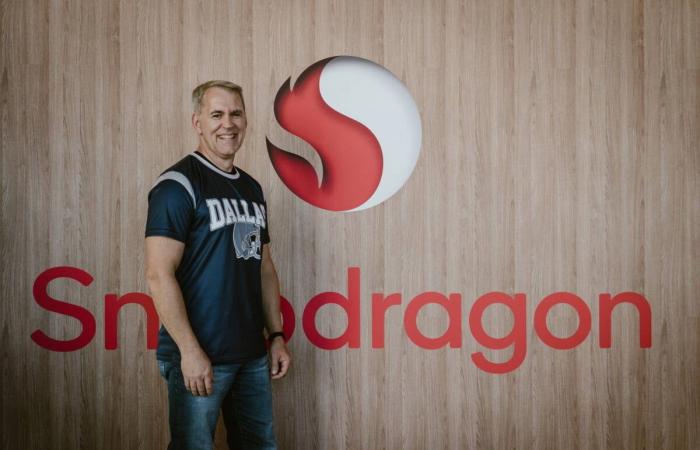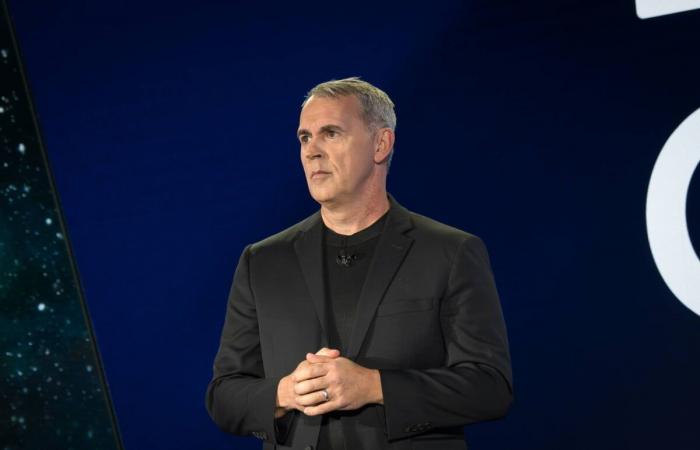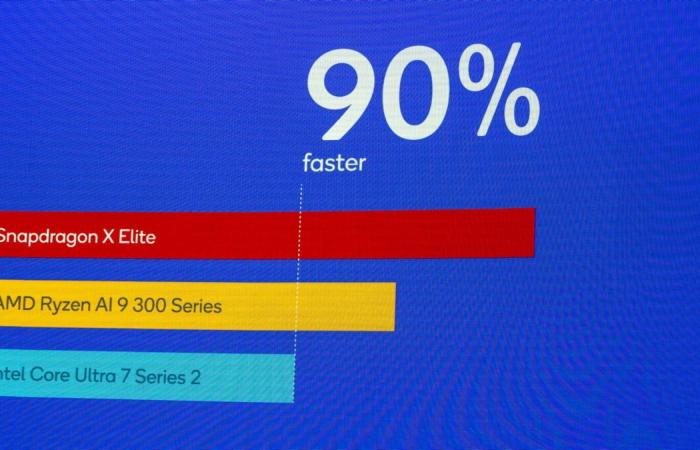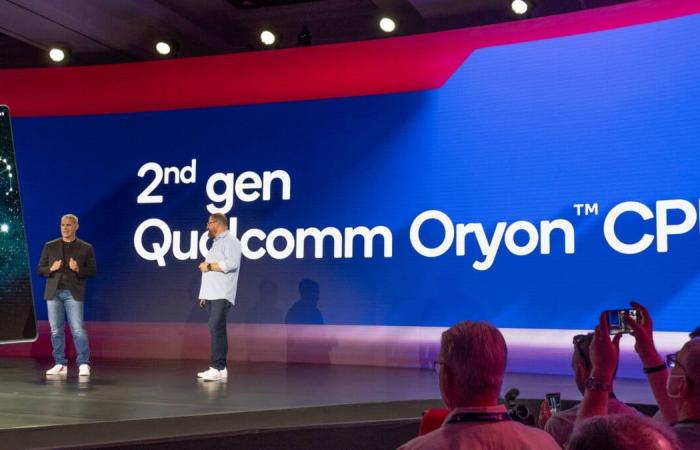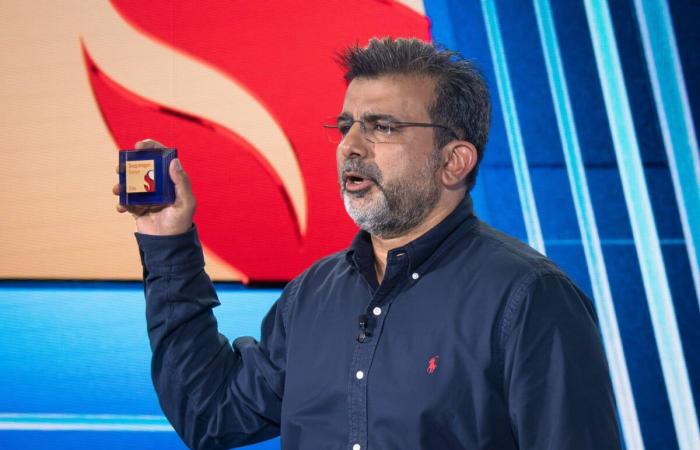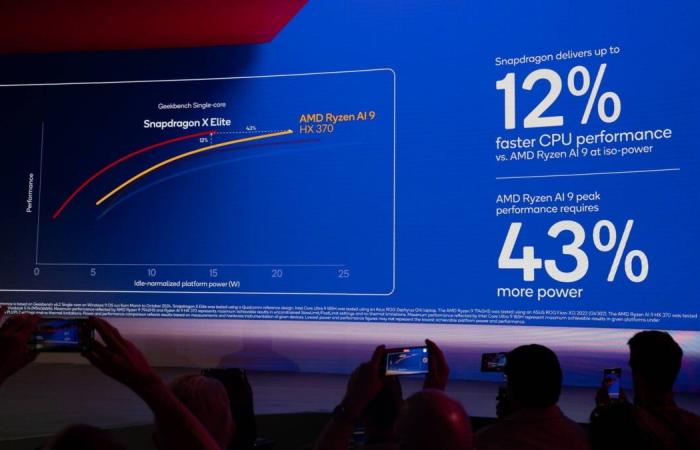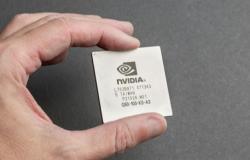After having designed the Apple M1 and given Qualcomm something to compete with Intel and AMD in the PC, CPU honcho Gerard Williams is back at it again with his new Oryon 2 CPU core. A heart that shakes up the competition and gives wings to Qualcomm . Meet the star of processors.
He’s a genius you probably don’t know. And yet, you have surely used the fruits of his labor.
If you had a Samsung Galaxy S4 (2013), he was the one who developed the CPU architecture (Cortex-15) of the Exynos processor of the time, when he was at ARM.
Have you had iPhones from the iPhone 5S (2013) to XR (2018) period? The CPU: it was him again.
Have you bought yourself a Macbook with an M1 chip? Again, the CPU was signed with a name: Gerard Williams III.
A suffix that he doesn’t particularly like since ” this sometimes causes problems at airports“, explains the fifty-year-old, now in charge of CPU development at Qualcomm. A man who is one of the group’s “lethal weapons”.
The essential question
After leaving Apple to found Nuvia – not without leaving a great CPU track record for Apple – the discreet man, but confident in his words, saw the company he co-founded be bought by the mobile chip giant Qualcomm. The latter saw in himself and Nuvia’s technology the Grail to (finally!) succeed in his bet in the world of PC chips.
We had the chance to meet the man during the Snapdragon Summit, Qualcomm’s big annual conference.
A conference during which the company unveiled version 2 of its Oryon CPU core. A heart that shows astonishing progress compared to the first generation.
So we started by asking him the essential question : how did he and his team go about extracting more than 40% more performance from a CPU core already renowned for its power and efficiency?
« When you develop a processor, you make a long list of things to do and improve and you accomplish what you can in the time available. You can never achieve everything, you have to make choices. For Oryon, we had a lot left on the list“, explains Gerard Williams, referring to the first Oryon core found in Qualcomm’s PC chips, the Snapdragon X Elite and Snapdragon X Plus.
When developing a processor […] You can never achieve everything, you have to make choices.
Gerard Williams
« For this new version of the Oryon core, we also benefited from feedback from the first version. And we have improved not only the microarchitecture, the frequency increase, but also the energy consumption. This was also the important point of this new version », says the chief engineer.
As this core had to be integrated into a smartphone SoC, “lThe CPU core has been further optimized to offer the best performance/watt ratio we could produce ».
A devourer of scientific articles
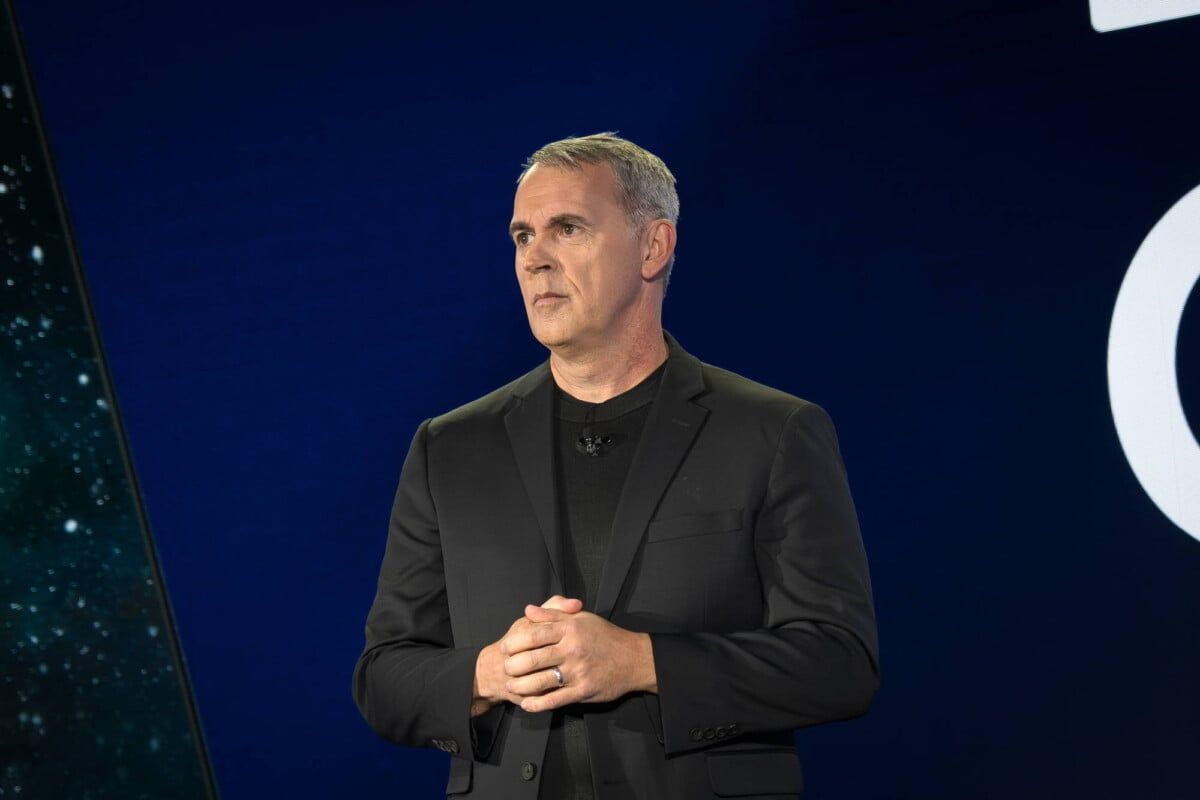
In the secrecy of his laboratories, Gerard Williams is accompanied by a team. A team which is partly at the origin of its effectiveness: “ We all know each other very well and for a long time », he describes.
« We know what our strengths and weaknesses are. And above all, we are intentionally few in number. I have worked in other companies with large teams and I have seen the pitfalls that this can have. »
Quite surprisingly, far from limiting itself to pure designs, its team gets its hands dirty. “From the first stages of simulation, the team spends a lot of time measuring performance with benchmarks to understand how the software will behave », said Gerard Williams.

In addition to this support on which he can count, Gerard Williams is voracious for scientific publications. “ I read everything I can to be on the cutting edge in everything. It’s not enough to be good at CPU design, you need to know the nature of transistors perfectly, and obviously master microarchitecture. But you also need to understand the manufacturing processes, the electromagnetic phenomena, understand the software, that is to say how the code circulates in the chip, how a compiler works, etc.. »
Adding that “all design teams play with the same fabs (production factories, editor’s note) and the same constraints. Whether it’s the finite number of metal layers of the chips, the same 60-bit cells, the same libraries. The game is to understand all the aspects that I mentioned to you to design units that will operate with a high level of parallelism while consuming as little energy as possible. », relates the master of transistors.
The weight of experience

Although he worked for ARM and Apple, Gerard Williams also and above all evolved in an environment of maximum optimization, in search of the best performance per watt ratio in very small chips.
« Besides my reading, I have years of experience juggling milliwatts. When we have such constraints, we are obliged to have a global approach to design the best hearts. »
And he goes even further: “I am of course talking about the design elements of the chip, such as the physical component. But also its hardware environment on the one hand: I have to think about the DRAM, the interconnect (the circuits by which the components exchange data, editor’s note), aux PMIC (components which regulate the electrical current of other chips, editor’s note)etc. In short, to all the other components which interact with the processor. On the other hand, I also have to think about uses. That is to say the needs of the target software, the way in which it is compiled and will use our chip ».
This global approach, the complexity of which is enough to make one dizzy, has allowed Qualcomm to deliver a second generation of Oryon CPUs.
An ultra-promising CPU core which Qualcomm professes will ensure domination not only of mobile cores, but also of PC… and automotive cores. An incredible destiny for a CPU core that began to power PCs!
Oryon 2, the heart to do everything

“Indeed, it is truly fantastic to have designed a CPU core that is integrated into three product lines », welcomes Gerard Williams.
After a first generation Oryon limited to laptop PCs, revision 2 of these cores (Prime and Performance) will not only power the Snapdragon 8 Elite and the Snapdragon Ride Elite and Cockpit Elite. Before being integrated into the successor to the Snapdragon X Elite which should be announced next year.
It’s really fantastic to have designed a CPU core that is integrated into three product lines.
Gerard Williams
This versatility of the CPU core has a history. “ From the first days or weeks I arrived at Qualcomm (early 2021, editor’s note)I immediately said »We’re going to adapt it to mobile.” As everything was going very well, management told us that we also had to integrate these cores into an automotive chip “, remembers Gerard Williams.
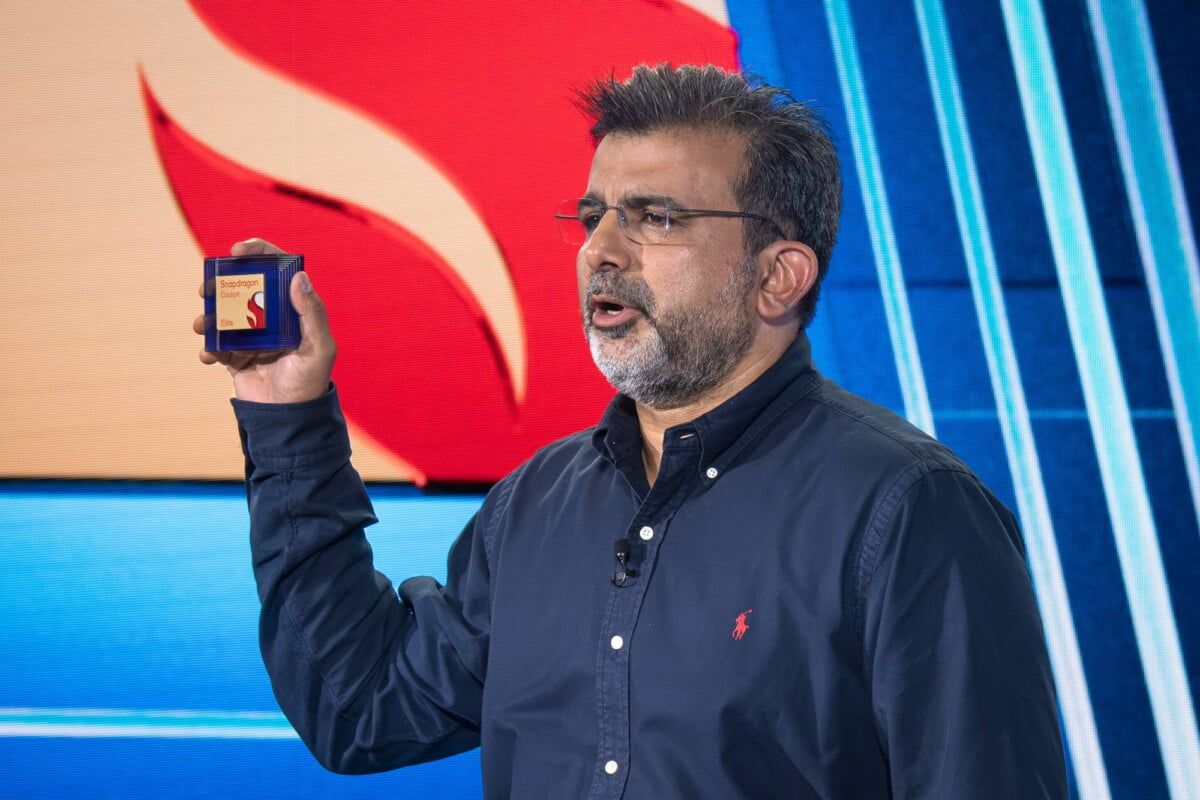
« I said »Hey, let’s calm down! ”, but the dynamic was underway! And almost instantly, the team found themselves having to digest information about automotive chips from one day to the next », relate-t-il. « It was literally a race! We took data from Qualcomm’s automotive teams and integrated that information in a matter of weeks », Explains the engineer.
The same design, but everything is different
« In itself, the operation of the CPU core does not change whether it is on a smartphone or a car. Some elements may vary, in relation to the calculations to be carried out, but nothing exceptional from the point of view of the fundamental design. It’s the rest of the work that is titanic: the process nodes are different, the target physical properties too, as well as the coherence of the memory », he adds.
Indeed, while the chip in your smartphone must operate under standard temperature conditions and possible application crashes are not the end of the world, the automotive world works differently.
The real automotive challenge: certification
The manufacturing nodes – that is to say the engraving processes – must produce chips capable of operating both at -30°C and at 50°C in the sun. And the slightest disruption – let alone a crash – of a driving application is simply out of the question.
Designing a CPU core and its organization (without even talking about the rest of the SoC!) is therefore far from being easy. And even when this work is done… There is still work!
« In the end, the most critical and time-consuming part of designing the automotive version of the CPU was certification. It was necessary to verify and document the microarchitecture, the quality of the cores, the physical design, etc. We delivered a huge report to a certification team. »
Oryon 3, equally crazy goals!

When a chip is announced, the teams in charge of the different layers of the architecture obviously answer our questions about the product presented. But their minds are already on what’s next.
What follow-up to two generations of already extraordinary CPU cores? Will the team still be able to secure gains of 30 to 40% for a long time?
« I can’t tell you that this is what we will succeed in doing, but yes, that is the objective », assures the mischievous-looking engineer. Are such goals achievable when Moore’s Law is supposedly dead?
The world of CPUs is very tough, because it is a mature field.
Gerard Williams
« The world of CPUs is very tough, because it is a mature field. It is very difficult to earn tens of percent. My overall approach is not only based on improving the microarchitecture, but on a host of elements. However, there is progress in all areas, whether it is manufacturing, materials, memory, etc. And there are still ideas I had a long time ago that I haven’t found a solution to. But sometimes, you just need to read the right article for the situation to resolve itself ».
And watch out for the competition when Gerard Williams finds the right idea…
Want to find the best Frandroid articles on Google News? You can follow Frandroid on Google News in one click.


